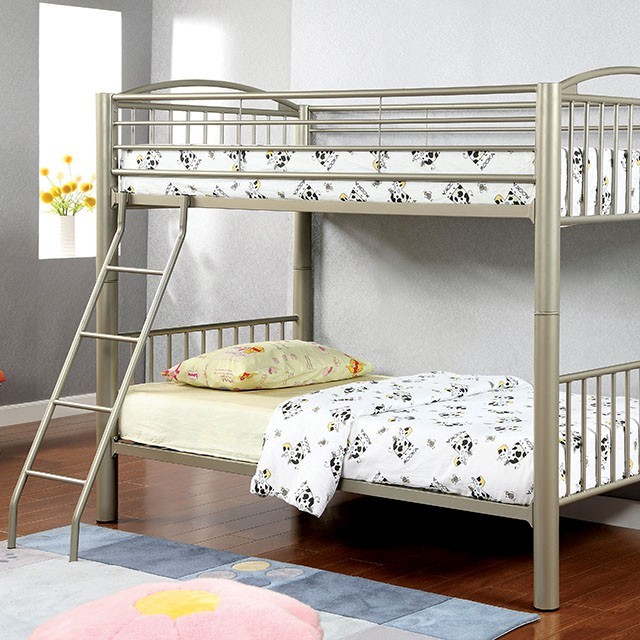Bunk beds have long been a favorite in family homes, hostels, and anywhere space is at a premium. They’re not just practical solutions for sleeping arrangements; they also offer a world of fun and creativity for kids and efficiency for adults. Whether you’re considering bunk beds for your children’s shared bedroom, a guest room, or even a vacation home, understanding the benefits, types, and safety tips can help you make the best choice.

Benefits of Bunk Beds
Space Efficiency: The most obvious benefit is their space-saving design. By stacking beds vertically, you free up valuable floor space for other furniture or play areas.
Versatility: Many bunk beds come with features like built-in storage, desks, or convertible designs that can separate into two single beds, adding to their versatility.
Fun Factor: For kids, bunk beds can be a source of endless fun. They often become the centerpiece for imaginative play, from forts to adventure bases.
Cost-Effective: In a single investment, you get sleeping arrangements for multiple occupants, which can be more cost-effective than buying separate beds.
Types of Bunk Beds
Standard Bunk Beds: These consist of two beds of the same size, one above the other.
Twin Over Full: A variation that features a twin bed on top and a full bed on the bottom, accommodating more sleeping space for the lower bunk.
Loft Bunk Beds: A loft bed has only the upper bunk, creating space underneath for a desk, storage, or a play area.
Trundle Bunk Beds: These feature a third bed hidden under the bottom bunk, which can be pulled out when needed, making them perfect for sleepovers.
L-Shaped Bunk Beds: These are arranged in an L shape, providing more space for additional features like desks or drawers.
Safety Tips
Guardrails: Ensure the bunk bed has guardrails on all sides of the upper bunk, with a gap for ladder access. This is crucial to preventing falls.
Sturdy Construction: The bed should be made of sturdy materials and construction to safely support the occupants.
Appropriate Mattress Size: Using the correct mattress size prevents gaps that could pose entrapment or fall hazards.
Age Considerations: It’s generally recommended that children under six years old do not sleep on the upper bunk.
Regular Inspections: Periodically check the bed for any loose fittings or wear and tear that might compromise safety.
Choosing the Right Bunk Bed
Room Size: Measure your room’s dimensions and ceiling height to ensure the bunk bed will fit comfortably and safely.
Occupants’ Needs: Consider who will be using the beds. Young children have different needs and safety considerations compared to teenagers or adults.
Features: Decide if you want additional features like storage, study areas, or play features integrated into the bunk bed design.
Design Aesthetic: Bunk beds come in a variety of styles and materials. Choose one that complements your room’s decor and occupants’ tastes.
Quality and Safety Standards: Look for beds that meet safety standards and are made from high-quality, durable materials.